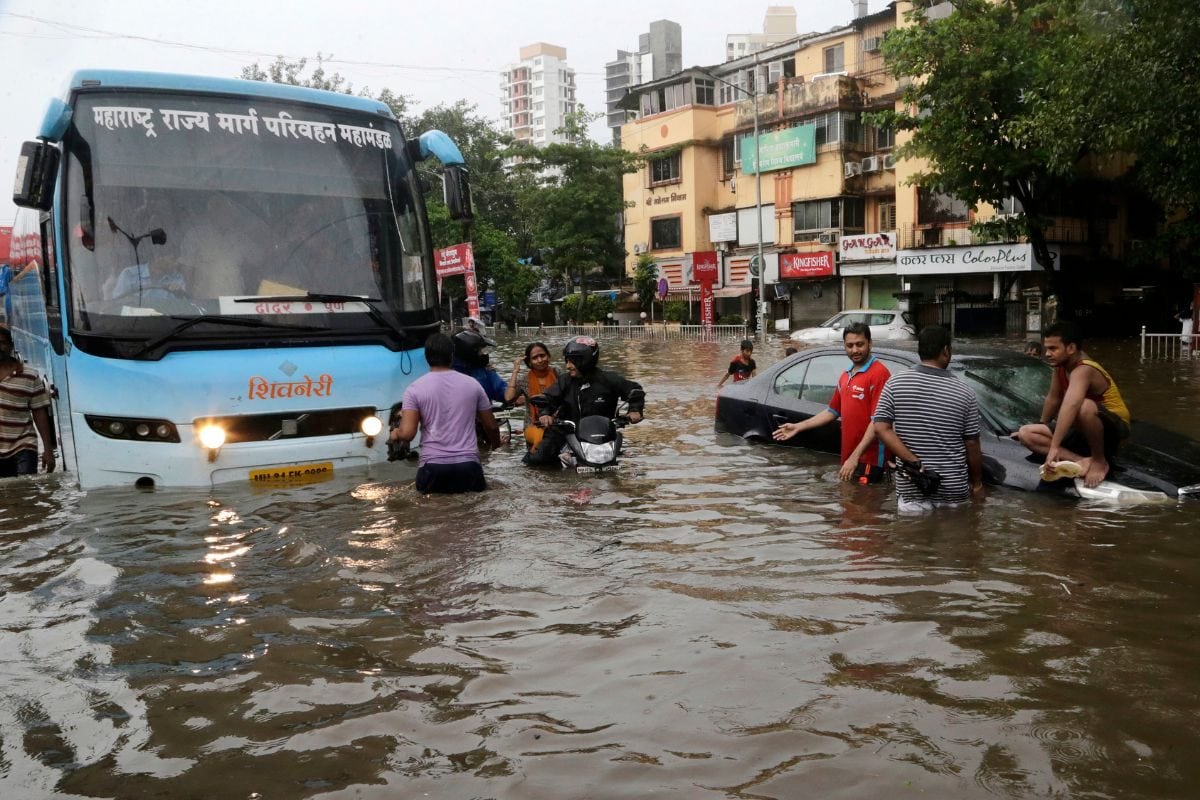A warming climate has not only made the monsoon erratic, but made it difficult for forecasters to predict extreme weather events, which have become more intense and frequent
India has approved an ambitious plan to strengthen its weather-prediction capabilities and install next-generation radars and satellite systems with advanced sensors and high-performance supercomputers. The project — Mission Mausam — was approved by the Union Cabinet on Wednesday with an allocation of Rs 2,000 crore over the next two years.
The project will help India prepare for issuing early warnings for extreme weather events, which have not only increased in intensity, but frequency as well as scale. About 10,216 people lost their lives in hydro-meteorological disasters in India during the last five years, the government had recently told Parliament.
The project will be chiefly implemented by the Ministry of Earth Sciences and led by the India Meteorological Department (IMD), the Indian Institute of Tropical Meteorology, and the National Centre for Medium-Range Weather Forecasting. The aim will be to boost India’s weather and climate-related science, research, and services to better equip the agencies, departments as well as people to tackle extreme weather events and the impacts of climate change.
One of the goals will be to boost research and development, and capacity in atmospheric sciences, especially weather surveillance, modelling, forecasting, and management. The departments plan to integrate advanced observation systems, high-performance computing, and cutting-edge technologies like Artificial Intelligence and machine learning in order to predict weather with high precision.
As part of the mission, the government will help deploy next-generation radars and satellite systems with more advanced sensors and high-performance supercomputers, as well as develop improved Earth system models and a GIS-based automated Decision Support System for real-time data dissemination. The target will be to provide accurate and timely weather and climate information, including monsoon forecasts, alerts for air quality, extreme weather events and cyclones, weather interventions for managing fog, hail, and rain.
The mission is likely to benefit multiple sectors dependent on weather forecasts such as agriculture, disaster management, defence, environment, aviation, water resources, power, tourism, shipping, transport, energy, and health. It would also help enhance data-driven decision-making in areas like urban planning, road and rail transport, offshore operations, and environmental monitoring, said the government in a statement.
The mission will also be supported by MoES institutions (Indian National Centre for Ocean Information Services, National Centre for Polar and Ocean Research, and National Institute of Ocean Technology), along with collaboration with national and international institutes, academia and industries, furthering India’s leadership in weather and climate sciences and services.

